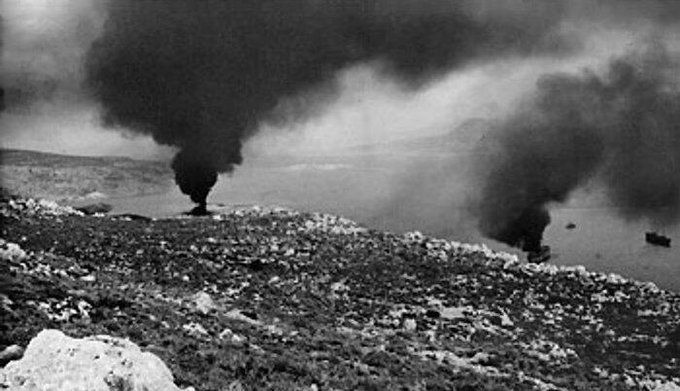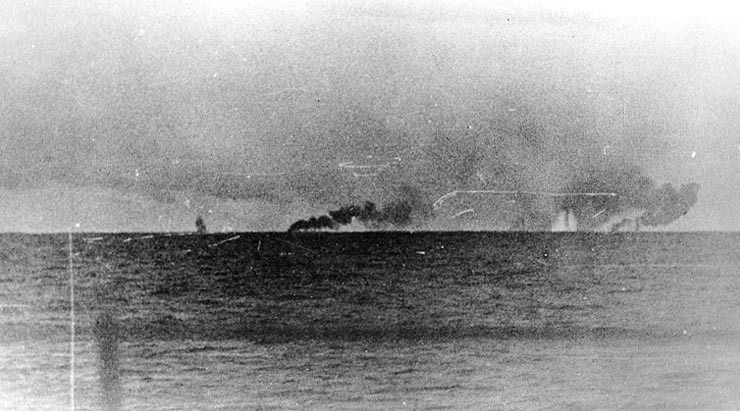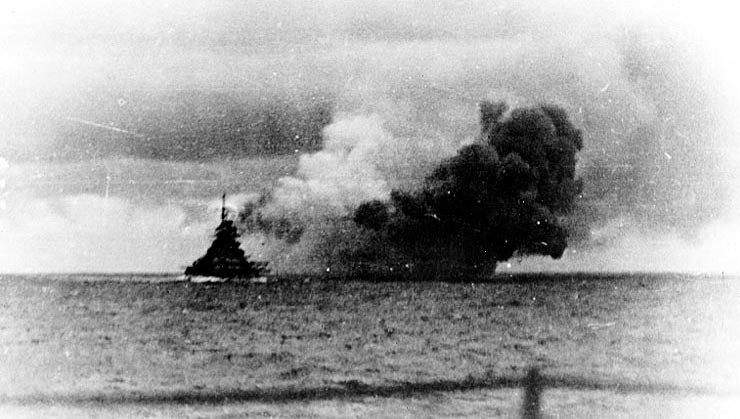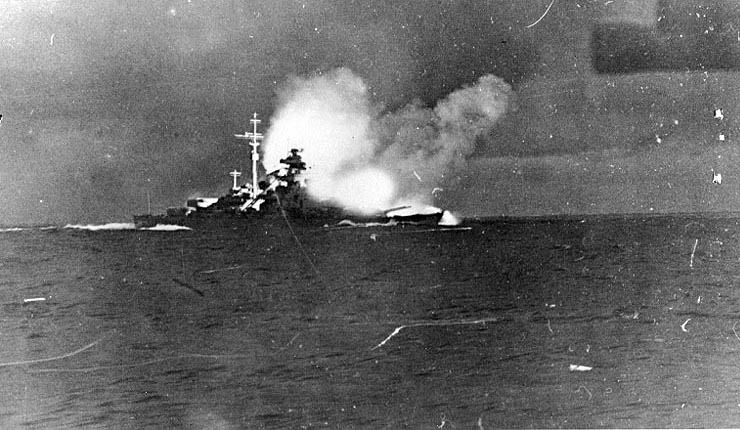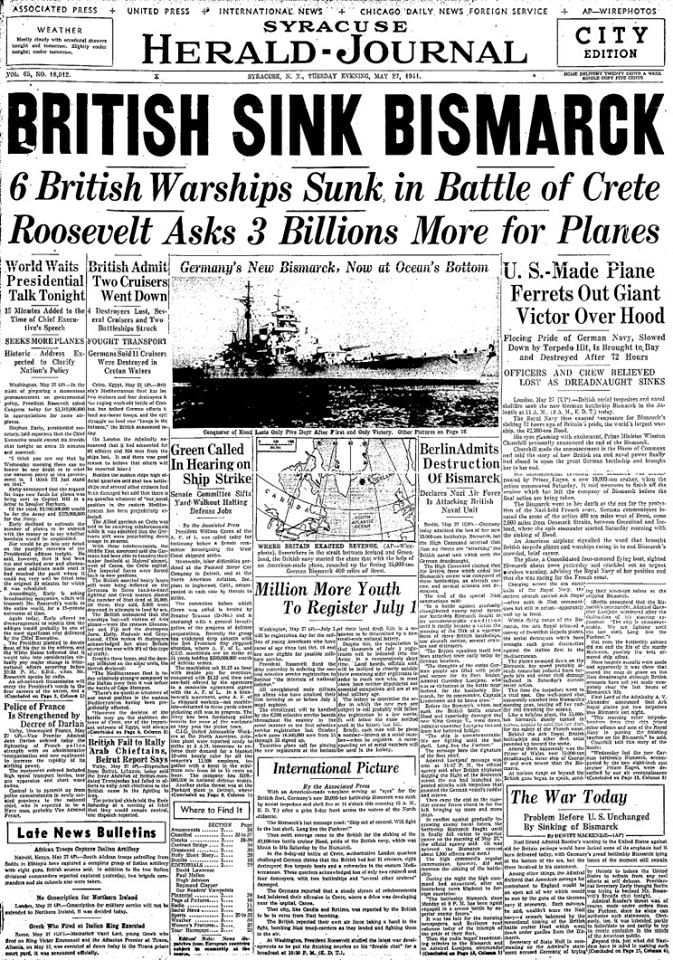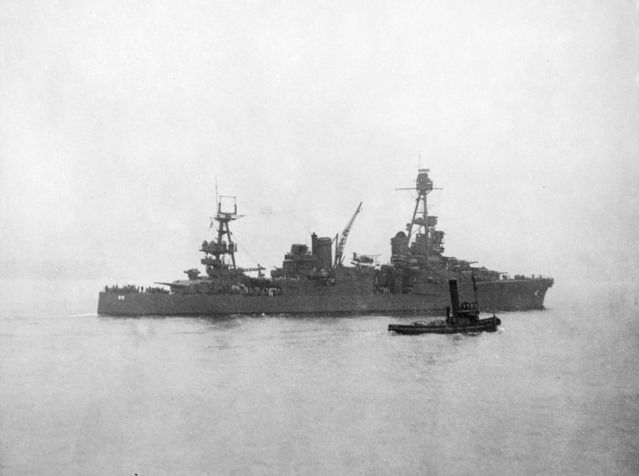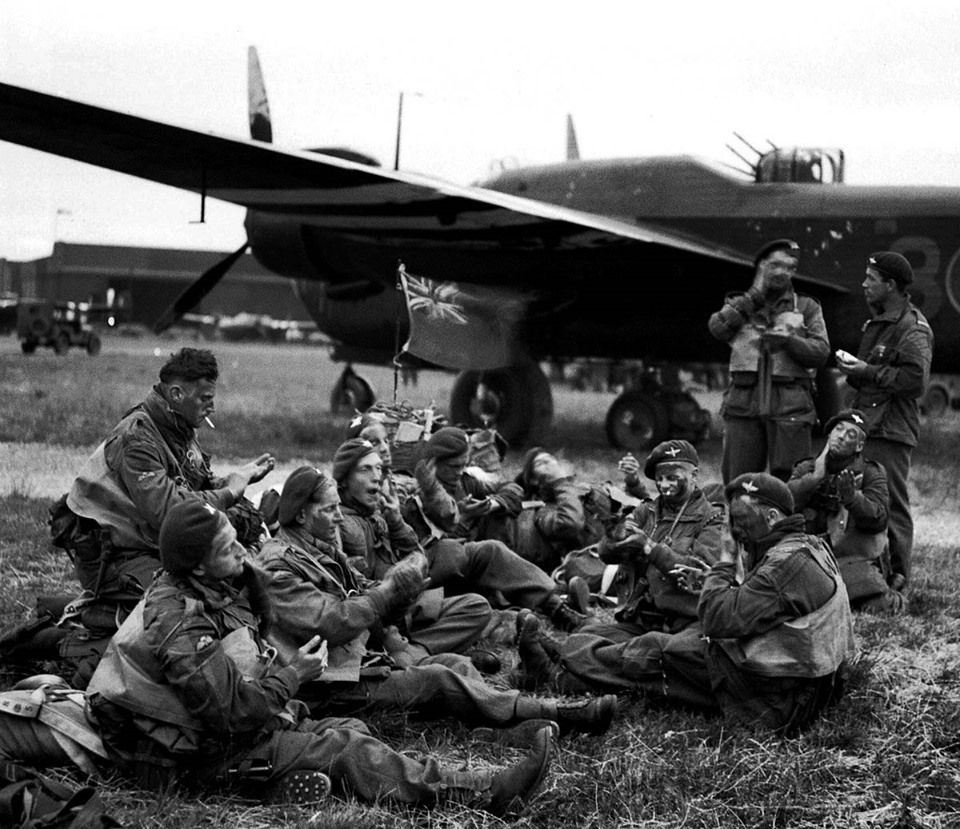The Battle of Wake Island began simultaneously with the attack on Pearl Harbor and ended on 23 December 1941, with the surrender of the American forces to the Empire of Japan. It was fought on and around the atoll formed by Wake Island and its islets of Peale and Wilkes Islands by the air, land, and naval forces of the Empire of Japan against those of the U.S., with Marines playing a prominent role on both sides.
The island was held by the Japanese for the duration of the Pacific War; the remaining Japanese garrison on the island surrendered to a detachment of United States Marines on 4 September 1945.
https://en.wikipedia.org/wiki/Battle_of_Wake_Island
The Marines at Wake Island held out against the Japanese early in December 1941 before being overwhelmed. Do you guys agree that it was truly an episode of heroism?
